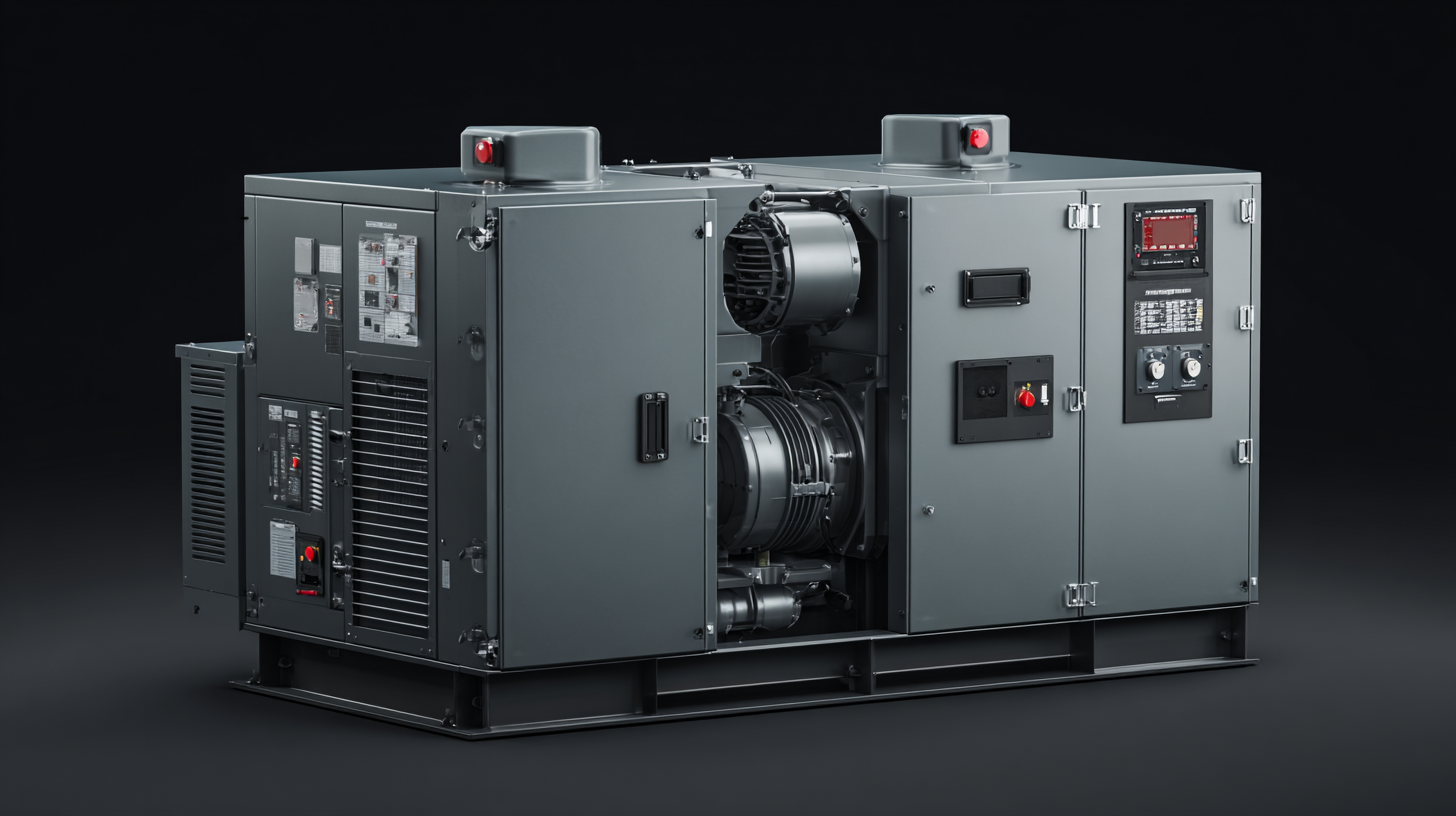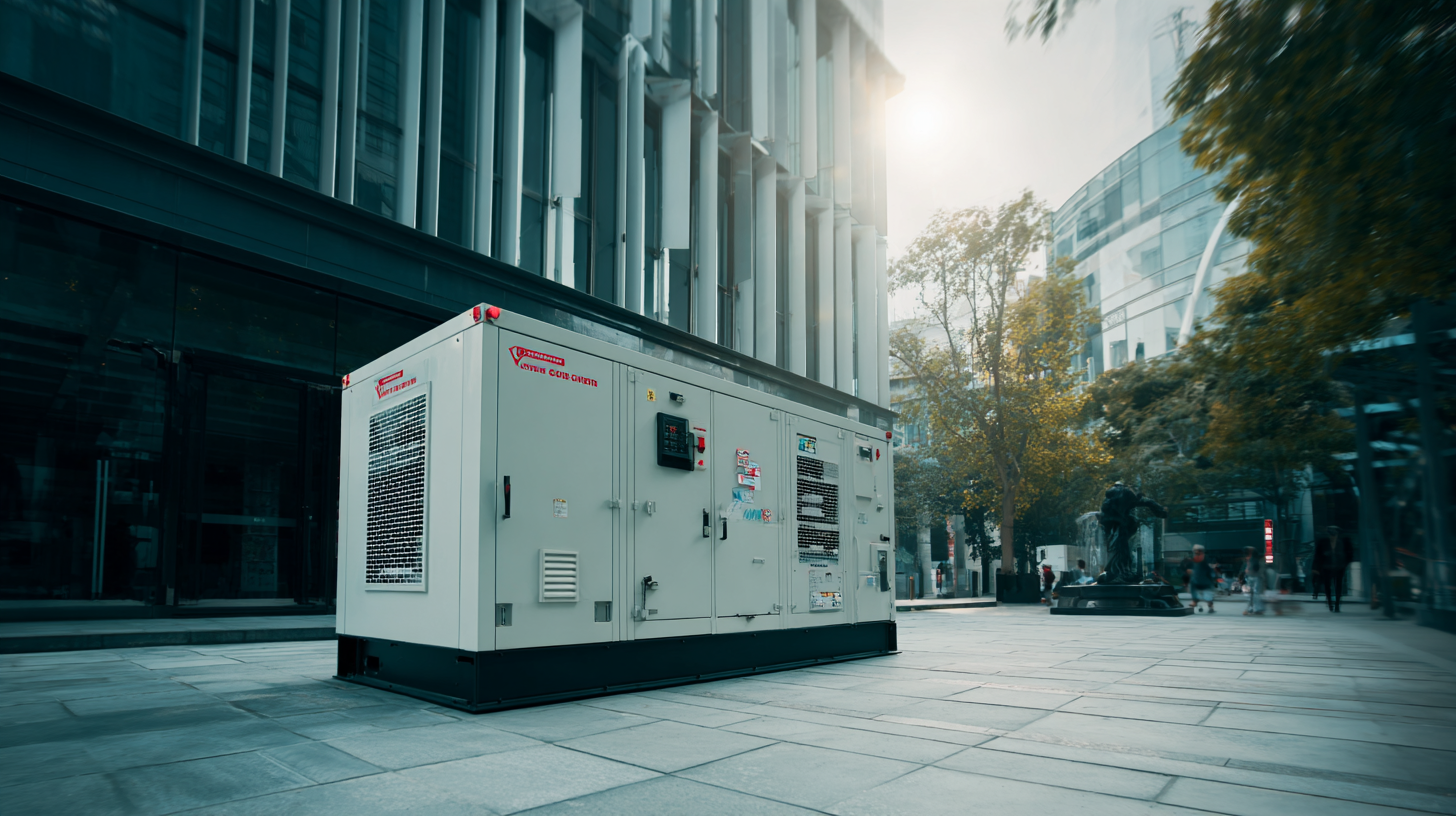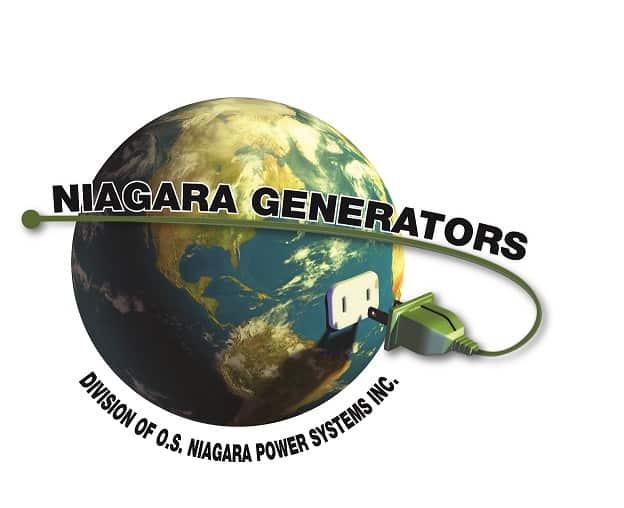The Future of Power Backup How Commercial Generators are Meeting Growing Energy Demand
As global energy demand continues to soar, particularly in commercial sectors, the reliance on reliable power backup solutions has never been more critical. According to a report by Research and Markets, the commercial generator market is projected to reach $20.1 billion by 2027, driven by the increasing need for uninterrupted power supply in businesses across industries. This rising demand underscores the importance of commercial generators, which provide essential backup during power outages due to extreme weather events, infrastructure failures, or increased energy consumption. Moreover, advancements in technology are enhancing the efficiency and sustainability of these generators, making them more appealing to businesses striving for operational resilience and environmental responsibility. As organizations prepare for the future, investing in robust commercial generators is a strategic move to ensure continuous productivity and safeguard against the inevitable challenges posed by an evolving energy landscape.

Emerging Technologies in Commercial Generators for Enhanced Power Backup
As energy demand continues to rise, commercial generators have evolved significantly, leveraging emerging technologies to provide enhanced power backup solutions. The U.S. generator sales market is segmented by power ratings, with categories ranging from below 75 kVA to above 750 kVA. This segmentation reflects the increasing need for customized power solutions that can cater to various operational demands across industries.
The use of diverse fuel types, including diesel and solar energy, is becoming prominent, as businesses seek sustainable options in response to environmental concerns. The solar generator market, projected to reach USD 1,210.6 million by 2033, showcases the shift towards renewable energy sources. Innovations in generator technology are focused on improving efficiency and reliability, ensuring that businesses can operate uninterrupted amidst fluctuating energy supplies. With these advancements, commercial generators are well-positioned to meet the growing energy demands of the future.

The Role of Renewable Energy Integration in Generator Systems
The integration of renewable energy into commercial generator systems is revolutionizing how businesses manage their power backup needs. As the demand for energy continues to escalate, traditional fossil fuel generators are being complemented by sustainable alternatives like solar and wind power. This hybrid approach not only enhances reliability but also reduces carbon footprints, allowing companies to meet regulatory standards while contributing to a more sustainable future.
Incorporating renewables into generator systems presents both challenges and opportunities. One key challenge is the need for advanced energy management systems that can seamlessly switch between power sources in real-time. However, effective integration enables organizations to optimize energy consumption and reduce operational costs.
Furthermore, as battery storage technology advances, generators can better utilize intermittent renewable sources, ensuring a more consistent and reliable energy supply when it is needed most. This symbiosis between commercial generators and renewable energy sources is paving the way for a resilient, greener energy infrastructure.
Comparative Analysis of Diesel vs. Electric Generators in Power Backup
As energy demands continue to rise, the commercial generator market faces the challenge of evaluating the efficacy of diesel versus electric generators in power backup systems. Diesel generators have long been the staple for reliable power supply, particularly in industrial sectors experiencing severe load-shedding, such as Pakistan, where unpredictable energy availability significantly hampers production capacities. A recent report highlights that industries relying on diesel generators can typically achieve higher efficiency rates and immediate power availability, which is crucial for operations suffering from frequent outages.
On the other hand, electric generators, particularly those integrated with renewable energy systems, are gaining traction due to their lower environmental impact and long-term cost efficiency. The shift towards renewable energy is further supported by comparative analyses that illustrate the benefits of hybrid systems, such as solar PV combined with diesel generators. These hybrid systems not only provide a reliable power backup but also enhance sustainability. A study focusing on hybrid energy systems for remote locations, like Pelee Island in Canada, found that incorporating multiple energy sources allows for a resilient and eco-friendly solution that mitigates the adverse effects of energy dependence on fossil fuels. As industries weigh the cost-effectiveness of their energy options, the trend indicates a growing inclination towards integrating renewable resources with traditional backup systems for a balanced, durable energy strategy.
The Future of Power Backup: Diesel vs. Electric Generators
This chart compares the power output (in kilowatts) and fuel efficiency (in liters per hour) of diesel and electric generators to illustrate how they meet the growing energy demand.
Smart Monitoring Systems: Revolutionizing Generator Performance and Efficiency
As commercial energy demands escalate, smart monitoring systems are becoming pivotal in enhancing generator performance and efficiency. Recent studies indicate that by 2025, the global market for smart energy management systems, which includes advanced generator monitoring, is expected to reach $60 billion, showcasing a robust CAGR of 12%. These systems provide real-time data analytics, enabling businesses to optimize their energy consumption and reduce operational costs. Equipped with IoT technology, they facilitate predictive maintenance, helping to avoid costly downtime and extend the lifespan of generators.

Moreover, integrating smart monitoring systems contributes to sustainability efforts. According to the International Energy Agency, efficient energy management can lower carbon emissions by up to 20% in commercial sectors. Companies utilizing these systems can better align with regulatory standards and corporate sustainability goals.
Tips for implementing smart monitoring systems include starting with a comprehensive energy audit to assess current usage patterns, selecting a system that integrates seamlessly with existing infrastructure, and training staff on effective usage to maximize benefits. Regularly reviewing performance metrics also ensures that the system is fine-tuned for optimal operation. Embracing this technology not only enhances reliability but also positions businesses competitively in an evolving energy landscape.
Addressing Regulatory Challenges for Commercial Generator Adoption and Deployment
As the demand for reliable power sources escalates, commercial generators are becoming vital for businesses aiming to ensure uninterrupted operations. However, the adoption and deployment of these generators are not without challenges, particularly regarding regulatory compliance. Different regions impose varying rules that can complicate the installation and maintenance of commercial generators. Navigating these regulations requires thorough understanding and proactive planning from businesses.
Tip: To streamline the compliance process, companies should stay updated with local regulatory changes and engage with industry experts who can provide valuable insights into navigating these complexities.
Moreover, as environmental concerns take center stage, many regulations now focus on reducing emissions from backup power systems. This shift has pushed manufacturers to innovate and provide more sustainable options. Organizations need to evaluate not only the regulatory landscape but also their specific energy needs and how green technologies can be integrated into their existing systems.
Tip: Consider conducting a comprehensive energy audit to assess your current power usage and identify areas where energy-efficient or renewable solutions can be implemented alongside conventional generators.
